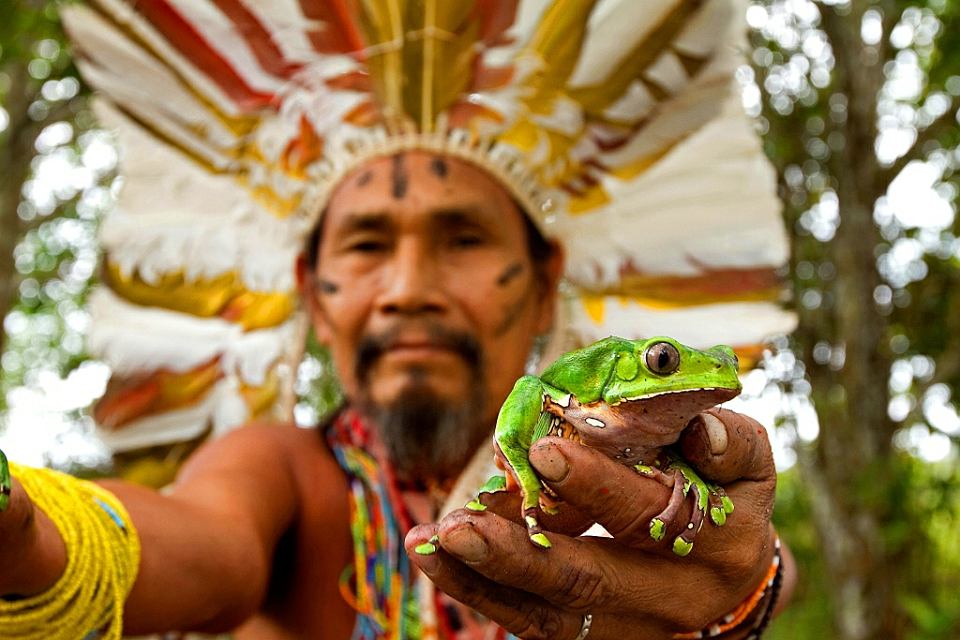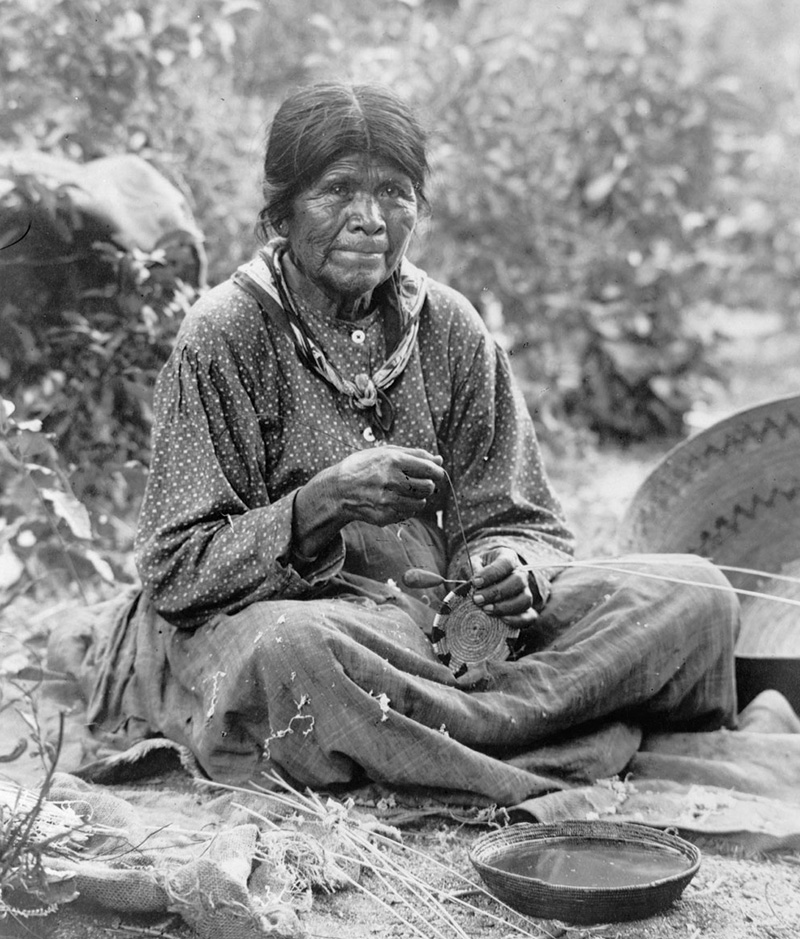Toxic Herbs
Tobacco
Tobacco, derived from the Nicotiana plant, is widely consumed in cigarettes and other forms. Native to the Americas, its use causes cancer, heart disease, and respiratory issues.
Golden Chain Tree
The seeds of this tree contain cytisine, a toxic alkaloid. Consumption can lead to nausea, convulsions, and death.
Cannabis
Also known as marijuana, cannabis originates from Central Asia. While it has medicinal uses, it can cause dependency, cognitive impairment, and psychiatric disorders when abused.
Kratom
Native to Southeast Asia, Kratom is used for pain relief. High doses cause dependency, liver damage, and psychological issues.
Betel Nut
Chewed in many parts of Asia, the betel nut causes oral cancer, dependency, and cardiovascular problems.
Ergot
A fungal growth on grains, ergot contains alkaloids that can cause hallucinations, convulsions, and gangrene.
Wild Dagga
Known as "lion's tail," this plant has mild psychoactive effects. Overuse can lead to dizziness, nausea, and dependency.
Mescal Bean Bush
The beans of this plant contain toxic alkaloids that cause hallucinations, nausea, and death in high doses.
Khat
A stimulant chewed in East Africa and the Middle East. Long-term use leads to addiction, insomnia, and oral cancer.
Rohypnol
Known as the "date rape drug," Rohypnol is a sedative banned in many countries. It causes memory loss, dizziness, and can be lethal in high doses.
GHB
A central nervous system depressant, GHB is abused as a party drug. Overdose risks include unconsciousness, coma, and death.
PCP
Phencyclidine, or PCP, is a hallucinogen originally developed as an anesthetic. It causes violent behavior, seizures, and psychosis.
Ketamine
Used as an anesthetic, Ketamine is abused as a party drug. It causes hallucinations, bladder damage, and addiction.
Cocaine
Derived from coca leaves, cocaine is a stimulant causing euphoria. Prolonged use leads to heart attacks, strokes, and severe addiction.
Opium
Extracted from poppy plants, opium is the base for heroin and morphine. Abuse causes respiratory failure and addiction.
Speed
A term for amphetamines, speed is a stimulant that increases energy. Abuse leads to heart problems, paranoia, and psychosis.
Ecstasy
MDMA, known as ecstasy, is a popular party drug. It causes dehydration, hyperthermia, and long-term brain damage.
LSD
Lysergic acid diethylamide, or LSD, is a hallucinogen. Overuse leads to paranoia, psychosis, and flashbacks.
Methamphetamine
Commonly known as meth, this stimulant causes severe addiction, tooth decay, and brain damage.
Addiction, toxicity, psychological damage without spiritual gain—something to stay away from.
There is little to no spiritual benefit or kundalini development with these herbs/substances. Whatever stories exist about cannabis or Rape having positive effects, the fact is they numb the whole nervous system, can be very addictive, or simply do not have any positive effects on the kundalini, and hence no real lasting spiritual benefits—just stories...
The 2C products from Alexander Shulgin, who also invented MDMA, seem to be useful but are synthetic, so I have not included them in this review. Additionally, there are over 230 different kinds of 2C. MDMA and similar substances create a feeling of love but leave a hangover once the effects fade.
Please let me make this point clear:
That is why I am against MDMA, Cannabis, Tobacco, etc. DO NOT EVEN TRY THEM.-- -- --
Also avoid the following ceremonies and herbs:

The Bullet Ant
The Bullet Ant produces the single most painful sting in the insect world, and with extreme pain comes hallucinations and other phenomena. See the video below:
The Sateré Mawé Tribe ceremony is the single most extreme ceremony on the planet, using the toxins from the Bullet Ant.
Active ingredient: Poneratoxin
Lorenzo is one of the leading Sateré Mawé shamans.
-- -- --

Kambo - (Kampo, Sapo, Vacina do Sapo, Medicina da Floresta, Frog Medicine)
Psychoactive constituent: Phyllocaerulein
Toxic and addictive if taken too often. Having said that, it does benefit certain health issues like auto-immune disease as it seems to reset your immune system.
Used among others by the Huni Kuin tribe
Kambo is the venomous secretion of Phyllomedusa bicolor (the giant leaf or monkey frog), a bright green tree frog native to the Amazon basin. It can be found in the rainforest regions of northern Brazil, eastern Peru, southeastern Colombia, and parts of Venezuela, Bolivia, and the Guianas. Make sure if you go for this type of experience that you ONLY use ingredients that do not harm the frog! Many frogs and toads are stressed and tortured to extract the psychoactive liquids, and this is absolutely the wrong way, especially if you want to use this for spiritual growth. Make an effort to find out how they are milked.
Kambo has a range of traditional and potential therapeutic applications, both medical and psycho-spiritual. Commonly described as an "ordeal medicine," the secretion is known for its powerful emetic or purgative effects (95% of people purge). Despite its initial unpleasantness, Kambo is widely sought to revitalize the body (reset the immune system) and mind but does not significantly boost kundalini energy. Also, you will be marked for life, as small white dots remain at the places where the shaman administers the Kambo. Little is known about the long-term safety of Kambo, but evidence suggests that deltorphin and dermorphin may cause respiratory depression and depressive effects on the central nervous system, leading to heavy reliance with frequent use. If you feel called to do this, limit yourself to three sessions to reset your immune system and then stop.

Applied on the arm or leg (depending on whether you are a woman or a man).

Sorcerer's Tree Fruit
(Latua pubiflora - aka Árbol de los Brujos)
Active ingredient: Hyoscyamine and Scopolamine
The berries of the Sorcerer's Tree, used by the Mapuche Indian shamans of Valdivia, Chile, are extremely powerful. However, in the wrong dosage, they are extremely dangerous and can cause severe delirium, hallucinations, and insanity. This is not something to play around with. With the right knowledge, however, it is effective and unique in its workings for kundalini development. The tree is widely feared and respected in Chile. Dosages are a closely guarded secret, and it is widely believed that a madness of any desired duration can be induced by a medicine woman who knows how to measure the doses properly. It belongs to the nightshade family, Solanaceae.

Used intravaginally (though Mapuche shamans also use it). The process is highly secretive regarding the method of administration and dosage.
Yes, they can activate the kundalini, but the toxic side effects or other unwanted by-products make them neither friendly nor useful.

Hawaiian Baby Woodrose
(Argyreia nervosa) - Psychoactive constituent: Ergoline alkaloids (LSA)
Argyreia nervosa seeds contain various ergoline alkaloids such as ergine. A study reported stereoisomers of ergine to be found in the seeds at a concentration of 0.325% of dry weight. A more recent study reported the presence of ergometrine, lysergol, lysergic acid, and other alkaloids contributing to its pharmacological effects.
Used by the Huna shamans of South America, it has similar effects but is less potent compared to LSD.
Extremely powerful if taken raw and orally in amounts exceeding 15 seeds. It causes an upset stomach and is toxic, so it’s better to skip this one.

Mandrake
Psychoactive constituent: Tropane alkaloids
This herb brings out the dark side of energy and hypnosis and has been used in black magic, Witchcraft (Wicca), and Odinism. Mandrake is also referenced in the Bible as a love potion.
The alkaloids make the plant, particularly the root and leaves, poisonous due to anticholinergic, hallucinogenic, and hypnotic effects. These anticholinergic properties can lead to asphyxiation, and accidental poisoning is not uncommon. Ingesting mandrake root may also cause adverse effects such as vomiting and diarrhea.
The hypnotic effects are the main reason why this herb should be avoided when developing the kundalini. Hypnosis makes you less aware instead of more aware overall!

Dature
(Also known as Jimson weed seeds, Henbane, Hell's Bells, Devil's Trumpet, Devil's Weed, Tolguacha, Jamestown weed, Stinkweed, Locoweed, Pricklyburr, False Castor Oil Plant, Devil's Cucumber, and Thornapple.)
Psychoactive constituent: Tropane alkaloids atropine, hyoscyamine, and scopolamine.
Datura has been used in traditional medicine to relieve asthma symptoms and as an analgesic during surgery or bonesetting. It is also a powerful hallucinogen (used by the native Indians) and deliriant, which is used entheogenically for the intense visions it produces. However, the tropane alkaloids responsible for both the medicinal and hallucinogenic properties are fatally toxic in only slightly higher amounts than the medicinal dosage, and careless use often results in hospitalizations and deaths.
Datura is used in Vodoo practices to create zombie-like people because Datura intoxication produces delirium, hallucination, hyperthermia, tachycardia, bizarre behavior, and severe mydriasis with resultant painful photophobia that can last several days. Pronounced amnesia is another commonly reported effect. The onset of symptoms generally occurs around 30 to 60 minutes after ingesting the herb. These symptoms generally last from 24 to 48 hours but have been reported in some cases to last as long as two weeks.
The common name "Datura" has its origins in India, where the sister species Datura metel is considered particularly sacred—believed to be a favorite of Shiva in Shaivism.
Similar, if not worse, is the Blue Mystic Psychedelic phenethylamine, otherwise known as the 7th Heaven (2C-T-7). This is the most powerful and dangerous psychedelic in the world. Stay away from that.
Used intravaginally or consumed.

Paiute Indian Tribe (using Datura stramonium)
Also known as Brunfelsia Grandiflora, Royal Purple Brunfelsia, Yesterday-Today-and-Tomorrow, Bella Union, Borrachero, Chacruco, Chipiritsontinbaka, Chiricaspi Salvaje, Huha Hay, Kiss-me-quick, Manaka Root, Sanango, Picudo, Royal Purple Brunfelsia, Uhahai
Not really a kundalini herb but still worth mentioning, Chiric Sanango is much less intense compared to the above and creates an excellent environment for emotional cleansing. However, it is a nightshade and can upset your intestines, potentially leading to rashes.
Used by Amazonian tribes such as the Matses, Ticunas, and Mayoruna.
A quote from someone who used Chiric Sanango for a week:
After I did my first plant diet, which was tobacco, I wanted to go further with another teacher. During an Ayahuasca reading, we found out that it would be very beneficial to ground my system as well as to strengthen my heart, stomach, and mind connection. For the shaman, it was pretty clear that I needed to work with Chiric Sanango because of its characteristics. So I went into isolation for another 7 days of juice fasting and dieting Chiric Sanango. Straight after the first cup of medicine, I fell in love with this plant. It was a very warming and loving feeling, which overcame me. As with tobacco before, I entered a higher state of pure being—a wonderful meditative state where you feel love for the plant, the earth as your home, and love for yourself.

Blue spotted Rabbitfish
Even fish are used for their psychedelic properties, such as the Rabbitfish, Mullets, Epinephelus corallicola, and Kyphosus.
Psychoactive constituent: Unknown
"A few reporters have eaten the dream fish and described their strange effects. The most famous user is Joe Roberts, a photographer for National Geographic magazine. He broiled the dream fish in 1960. After eating the delicacy, he experienced intense hallucinations with a science-fiction theme that included futuristic vehicles, images of space exploration, and monuments marking humanity's first trips into space."
To look into all the psychoactive plants, good and bad, please visit:
